Fluance RT85N
One-minute review
Canadian audio specialist Fluance has the latest in the ‘variation on a theme’ that all turntable brands indulge in - it’s the RT85N. It’s an attractive-looking record player and is supplied with a pre-fitted (and very acceptable) Nagaoka cartridge. It’s simple to set up, and has some operational niceties in the form of auto start/stop and automatic speed-change.
So far, so good. However, the Fluance RT8N has significant competition, and it doesn’t have the audio chops to stave off rival record players.
The turntable does good work with soundstaging and dynamics, but the low frequencies are too prominent. ‘Bass’ is the overriding aspect of the Fluance’s sound, and it undermines its competence where detail retrieval and all-around organization is concerned. Too much of a good thing is too much, it turns out - and there are any number of price-comparable rivals that are more even-handed, better balanced and, ultimately, more convincing than the RT85N record player.
Not sure whether you should sacrifice sound quality for an easy setup? Read on for our full Fluance RT8N review.
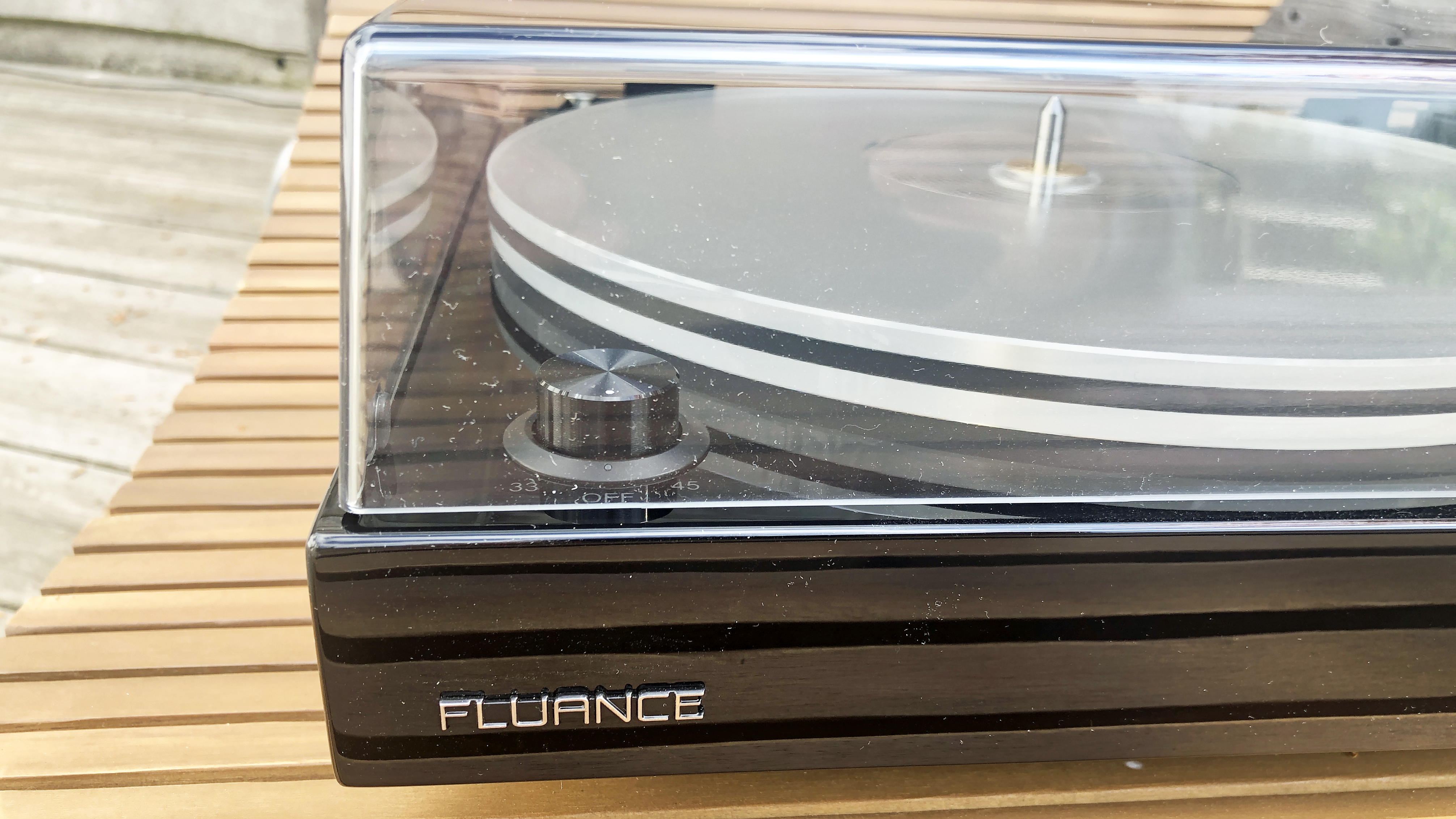
Fluance RT85N: price and availability
- Available now
- $499 (about £440 / AU$700)
The Fluance RT85N is on sale now for $499 in the US. The company’s website quite obviously pays close attention to exchange rates, because at the time of writing it gives a UK price of £441.09 - which is nothing if not precise. Using the same process, then, we estimate an Australian price of about AU$700.
At this sort of money, a few of the turntable industry’s truly big hitters have formidable presence. The Pro-Ject Debut Carbon Evo comes with a similar price, as does the Rega Planar 2. Neither of these alternatives is as thoroughly specified as the Fluance RT85N, but they both have big-brand cachet on their side. And that’s before you hear them in action…
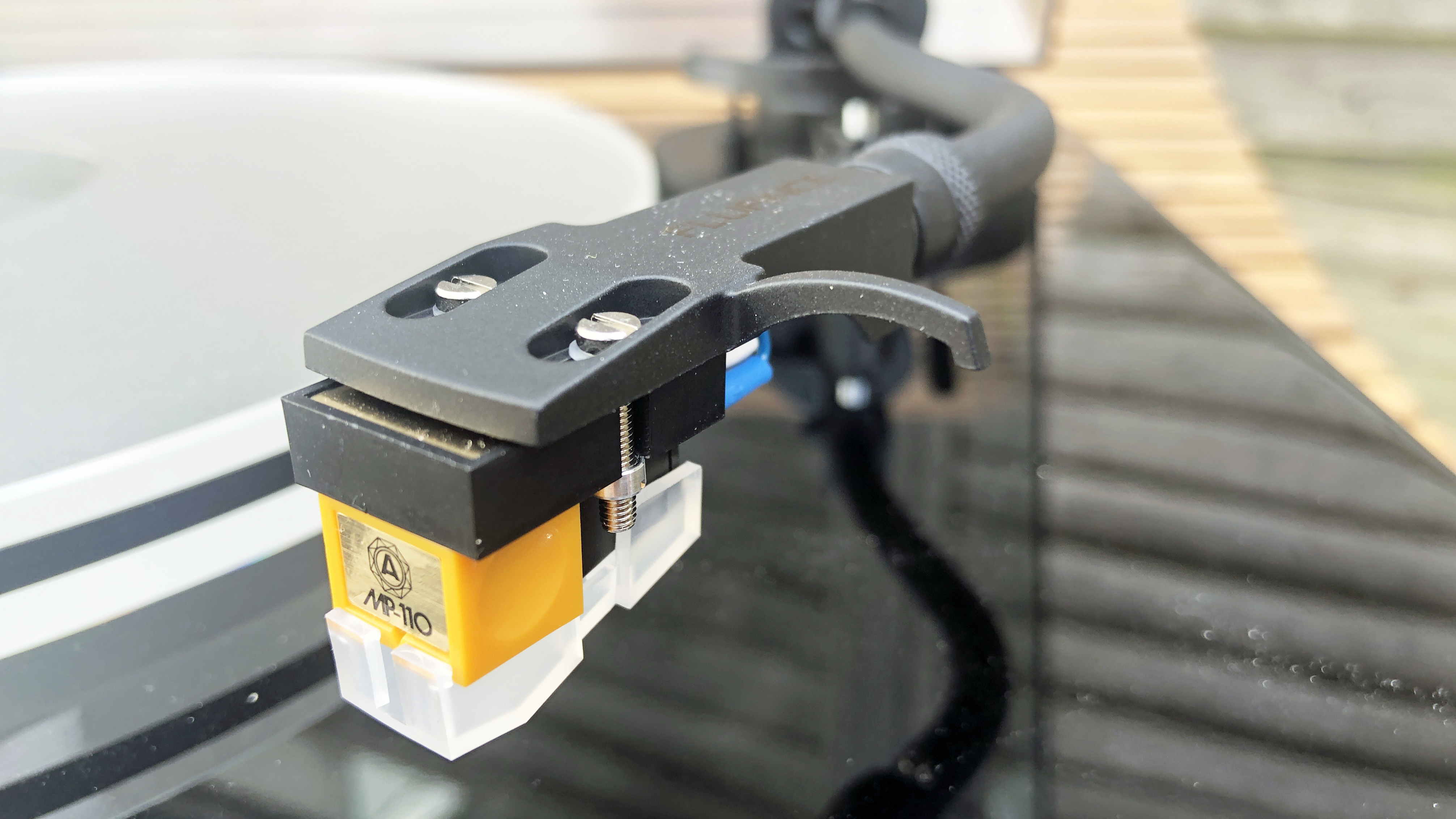
Fluance RT85N: design
- Nagaoka MP-110 cartridge pre-fitted
- Choice of three finishes
- Acrylic platter
The Fluance RT85N is a functional-looking record player. A choice of gloss black, gloss white or ‘natural’ walnut as the finish of the plinth lends just a little visual pizzazz - even if the Fluance website can’t quite make its mind up as to whether the plinth itself is made of MDF or actual wood. Whatever it is, though, there’s nothing remotely luxurious about the way it looks or feels. It’s competently finished, but that’s about it.
Dimensions: 5.5 x 16.5 x 13.75 inches
Motor: Belt drive
Platter: Acrylic
Phono preamp: No
USB: No
Speeds: 33 ⅓, 45rpm
Stylus: Nagaoka: MP-110
On top of the plinth there’s a hefty, good-looking acrylic platter, pulled around at either 33.3rpm or 45rpm by a belt. The motor that moves the belt is servo-assisted, checking as many as 500 times per second on the platter’s rotational stability.
It’s easy to attach the headshell (which is supplied with a pre-fitted Nagaoka MP-1110 moving-magnet cartridge) to the S-shaped aluminum tonearm. Once that’s done, you just need to adjust the anti-skate and counterweight controls.
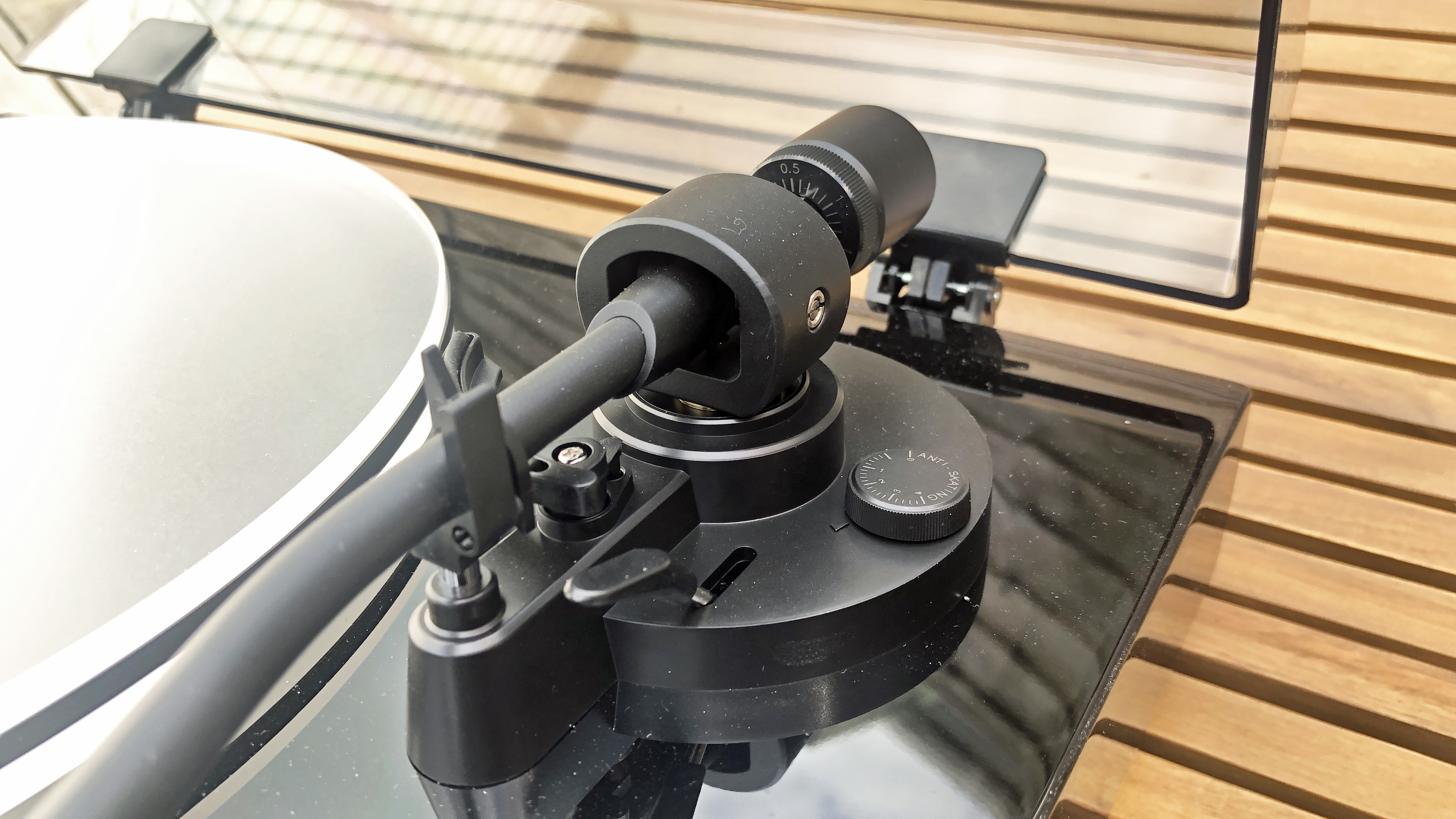
There’s a rotary control at the bottom left of the plinth - it’s marked ‘off/33/45’ and you won’t be staggered to learn it’s the power control and speed selector. Most price-comparable belt-drive alternatives insist on making you fiddle with the belt and its position on the pulley to adjust the speed at which the platter turns, but the RT85N is a bit more sophisticated than that.
At the rear of the plinth there’s a little recess. This is home to a socket for mains power, stereo RCA outputs and an earthing post. There’s also a switch which turns the ‘auto start/stop’ feature on or off - here again, and unlike many rivals, the RT85N offers an extra level of simplicity. Turn the switch to ‘on’ and the platter will start to turn as soon as it detects the cartridge is above the vinyl; once the stylus reaches the run-out groove, the tonearm returns to its rest and the platter stops spinning. It’s a genuinely useful feature.
Everything on top of the plinth is covered by a hinged, tinted dust-cover. The plinth itself is supported by three oversized, rubberized spiked feet - like the platter, they’re designed for optimum resonance rejection. They’re adjustable, too, so getting the plinth perfectly level shouldn’t be too tricky.

Fluance RT85N: audio performance
- Fine soundstaging
- Overconfident low frequencies
- Lop-sided sound
Getting from ‘opening the box’ to ‘listening to a record’ is not a long or particularly involved process - Fluance provides explicit instructions, and there’s really not all that much to do. So it shouldn’t take long before you’re ready to hear what the RT85N is all about.
‘Bass’ is what it’s all about - that much is immediately obvious. With a heavy reissue of PJ Harvey’s To Bring You My Love spinning, the low frequencies dominate to an almost uncomfortable degree. The Fluance digs deep and hits hard, has plenty to say about texture and tonal variance - but, most of all, it allows bass to hog the spotlight.
It doesn’t help that authority and control is far from absolute here, especially where the decay of bass sounds is concerned - so rhythmic expression and tempo management is compromised. The low-end presence drags at tempos and bogs recordings down, almost as if the LP was spinning at just slightly less than 33.3rpm (which it isn’t).
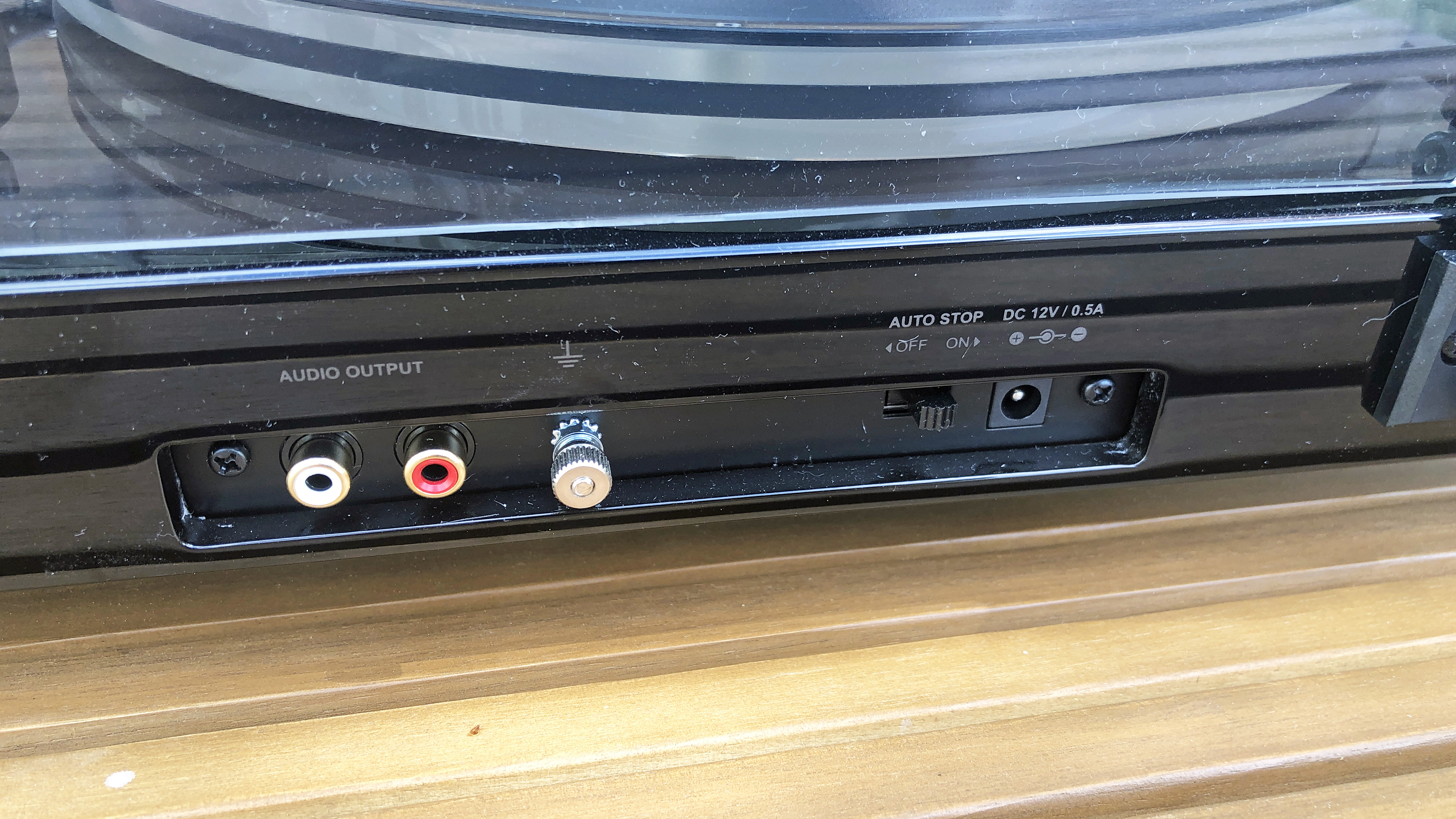
It follows that the midrange has a job on its hands. This is a record that’s mastered to put vocals front-and-center, but when the singing is accompanied by grinding analogue low-end keyboard sounds (as it is during Down By the Water) it becomes a secondary element. The midrange, when it gets the chance, is detailed and actually quite articulate - but you’re unlikely to find this out unless you listen to material with little or no bass presence.
All of this is exacerbated by the extremely tentative nature of the RT85N’s top-end performance. As with the midrange, there’s a reasonable amount of detail retrieved from treble information - but the Fluance sounds unwilling to properly attack high-end information, and as a result, it too is in thrall to the dominant and domineering bass.
This means the record player’s rich dynamics and soundstaging are overshadowed. That’s a pity, because the RT85N establishes a big, well-defined and entirely convincing soundstage, organizes it well, and gives every strand of a recording a bit of breathing space. However, the overpowering nature of the Fluance’s bottom end means any soundstage definition is rendered almost irrelevant. The bass is so pushy it sounds as if it’s occupying center-stage, even if it isn’t.
Should I buy the Fluance RT85N?
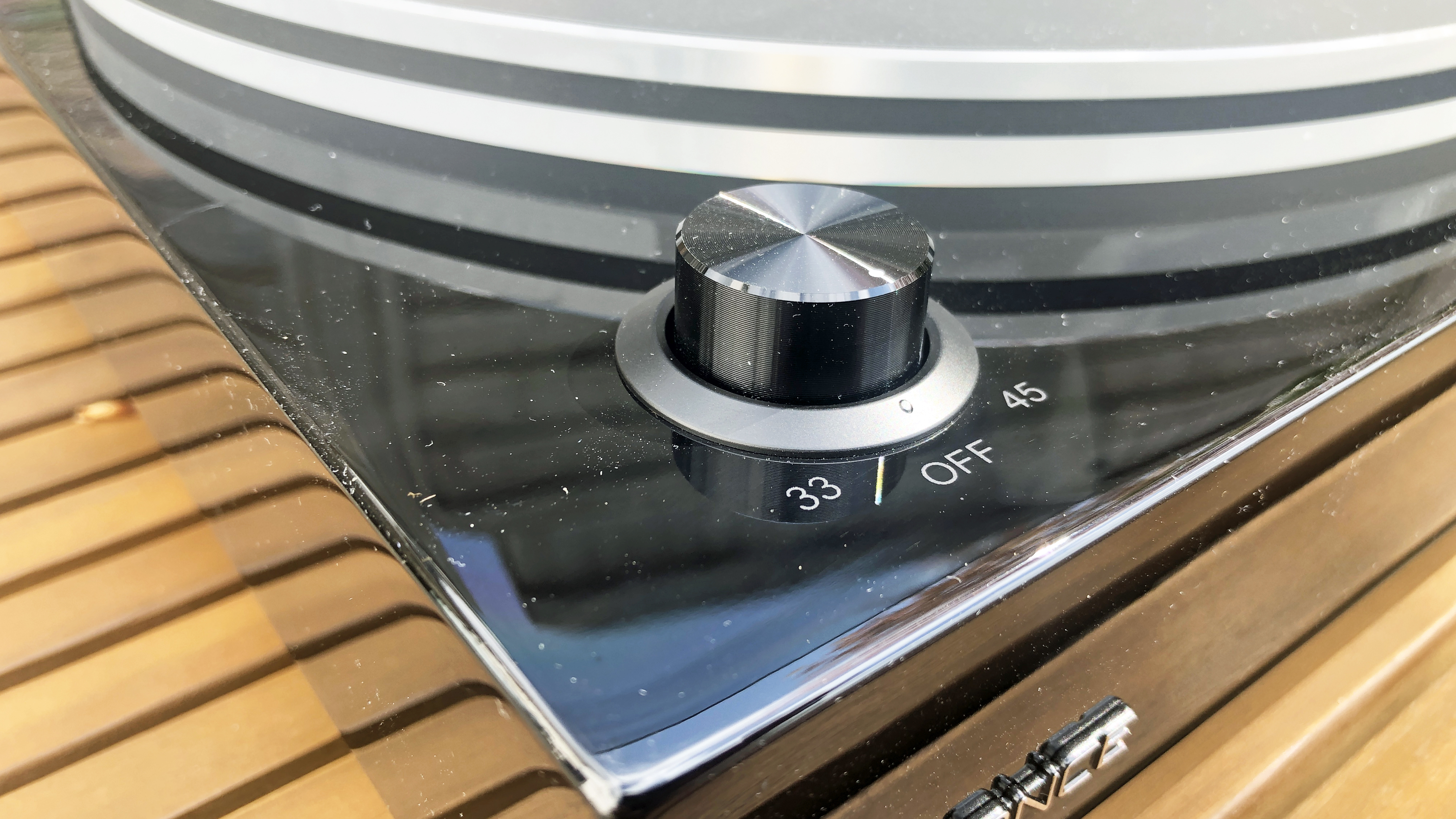
Buy it if...
Don't buy it if...
Also consider
Not convinced by our Fluance RT85N review? We've selected three more record players to choose from.
First reviewed: April 2022
0 comments:
Post a Comment